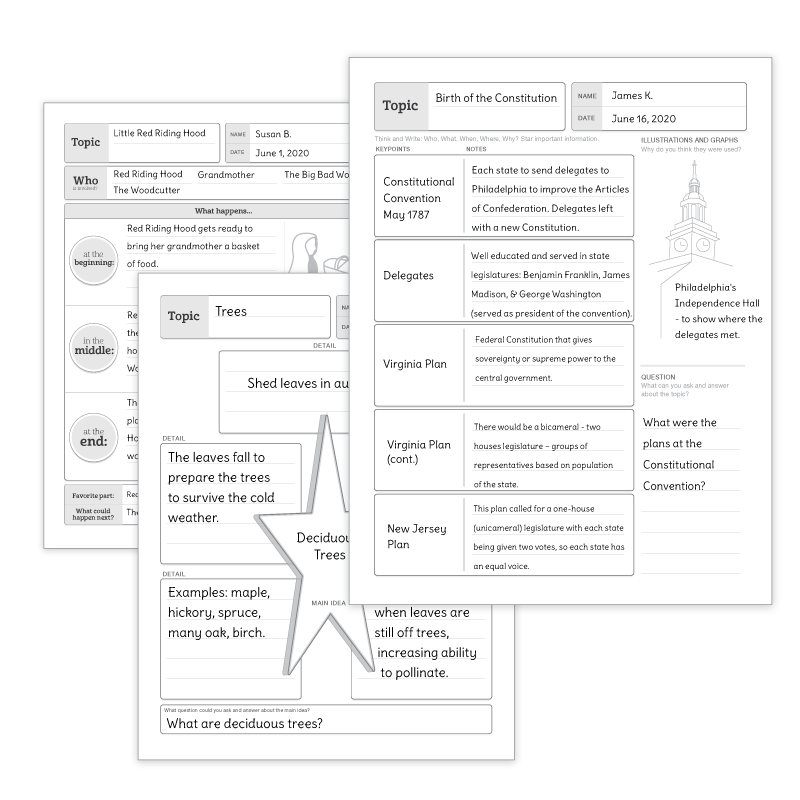Reading comprehension is an essential skill that allows individuals to understand and interpret written information effectively. One way to improve reading comprehension is by using various strategies that can help readers better comprehend the text they are reading. By implementing these strategies, readers can enhance their understanding and retention of the material.
There are several examples of reading comprehension strategies that can be utilized to improve understanding. These strategies can help readers engage with the text, make connections, and draw conclusions based on the information presented. By incorporating these strategies into their reading routine, individuals can enhance their overall comprehension skills.
Examples of Reading Comprehension Strategies
One example of a reading comprehension strategy is making predictions before reading a text. By previewing the material and making educated guesses about what will happen next, readers can actively engage with the content and anticipate key points. This helps to focus attention and encourages readers to think critically about the text.
Another effective strategy is asking questions while reading. By questioning the text, readers can clarify confusing points, make connections between ideas, and deepen their understanding of the material. This strategy encourages active participation and helps readers stay engaged throughout the reading process.
Summarizing is also a valuable reading comprehension strategy. By summarizing key points and main ideas after reading a section of text, readers can reinforce their understanding and retention of the material. This strategy helps to synthesize information and encourages readers to reflect on what they have learned.
Additionally, visualizing is a useful strategy for improving reading comprehension. By creating mental images of the text and visualizing the events or concepts being described, readers can enhance their understanding and make the material more meaningful. This strategy can help readers connect with the text on a deeper level.
Lastly, making connections between the text and personal experiences is a powerful reading comprehension strategy. By relating the information to real-life situations, readers can better understand and remember the material. This strategy helps readers apply the text to their own lives and make it more relevant and memorable.
In conclusion, reading comprehension strategies are essential tools for improving understanding and retention of written information. By implementing strategies such as making predictions, asking questions, summarizing, visualizing, and making connections, readers can enhance their comprehension skills and become more effective readers.
